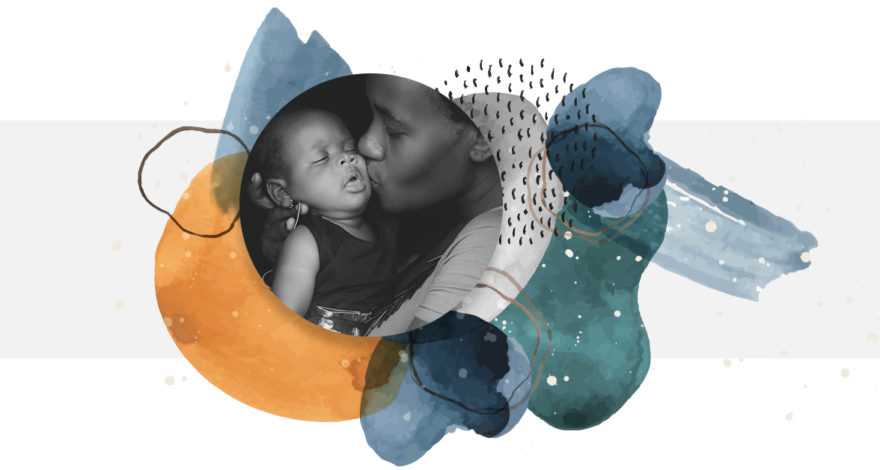Child Poverty More Than Doubled in 2022
Current Poverty Rates in the US
As the richest developed nation in the world, it’s unconscionable that over 7 million children in the United States lived below the national poverty level in 2020. A year later, we were able to cut that number nearly in half, thanks in large part to the expanded Child Tax Credit and other pandemic-era stimulus payments. But with the failure of Congress to pass the American Rescue Plan in 2022, child poverty has now doubled just one year after we saw this record low.
The U.S. Census Bureau Poverty data report found that compared to the historic low of 5.2% in 2021, the child poverty rate more than doubled in 2022, rising to 12.4%, or roughly 9 million children in poverty. The Supplemental Poverty Measure combines the official poverty measure while also accounting for many government programs that are designed to assist low-income families but are not included in the official poverty measure. The sharp spike in child poverty in 2022 represents the largest year-over-year increase in the Supplemental Poverty Measure child poverty rate on record.
The Cause? Experts point to record inflation but also agree that the expiration of the child tax credit is to blame. When the tax credit ended, surveys found that many parents had trouble paying bills and covering basic expenses like rent and groceries. According to the Center on Poverty and Social Policy at Columbia University, an expanded Child Tax Credit could cut the 2022 SPM child poverty rate by 47%, that’s over 5 million children that should have been kept out of poverty.
Decades of data shows that a child growing up in poverty experiences worse outcomes than a child from a wealthier family in virtually every dimension, from physical and mental health, to educational attainment and labor market success, to risky behaviors and delinquency. We also know that the first three years of a child’s life are the most vital for brain development. So how can we disrupt the cycle of poverty thrust upon so many children by no fault of their own?
A Path Forward
Family Health Project’s work has proven to be an effective anti-poverty measure. Our program offers new mothers living in deep poverty $400 each month for three years, without any conditions, and the flexibility allows parents to cover those basic expenses that the tax credit previously afforded families.
An abundance of data shows that living in poverty inhibits brain development and hampers crucial social and emotional development, which can have profound and long-lasting effects on the trajectory of a child’s life. Yet, the data is clear: direct giving to low-income mothers reduces poverty and promotes healthy outcomes for babies. In fact, emerging research from the Baby’s First Years study suggests that unconditional, recurring cash transfers to families in poverty results in faster brain development for their babies in critical areas associated with learning and emotional development.An early investment in children can have transformational effects on their lives.
Throughout the first two years of this program, we have seen again and again the transformative impact these reliable, recurring monthly payments have had on the lives of the new families in our program.
Several moms participating in our program have shared that the extra money each month has saved their lives and the lives of their babies. One mom shared that she used the money to move out of a rooming house with no cooking facilities to a shared apartment where she and her husband can cook and have their own room! For another mom, the extra money funded reliable access to public transportation, enabling her partner to get a higher-paying, more stabilizing job which is benefitting the young family in many ways. Another mom let us know that she has been saving $100 every month from Family Health Project’s payments into savings for her daughter after the pilot ends, a surplus previously inconceivable for their family.
By providing this unrestricted financial support to families, we work to address the increasing child poverty rates seen across the US. Help us advance our mission to disrupt poverty one family at a time.
